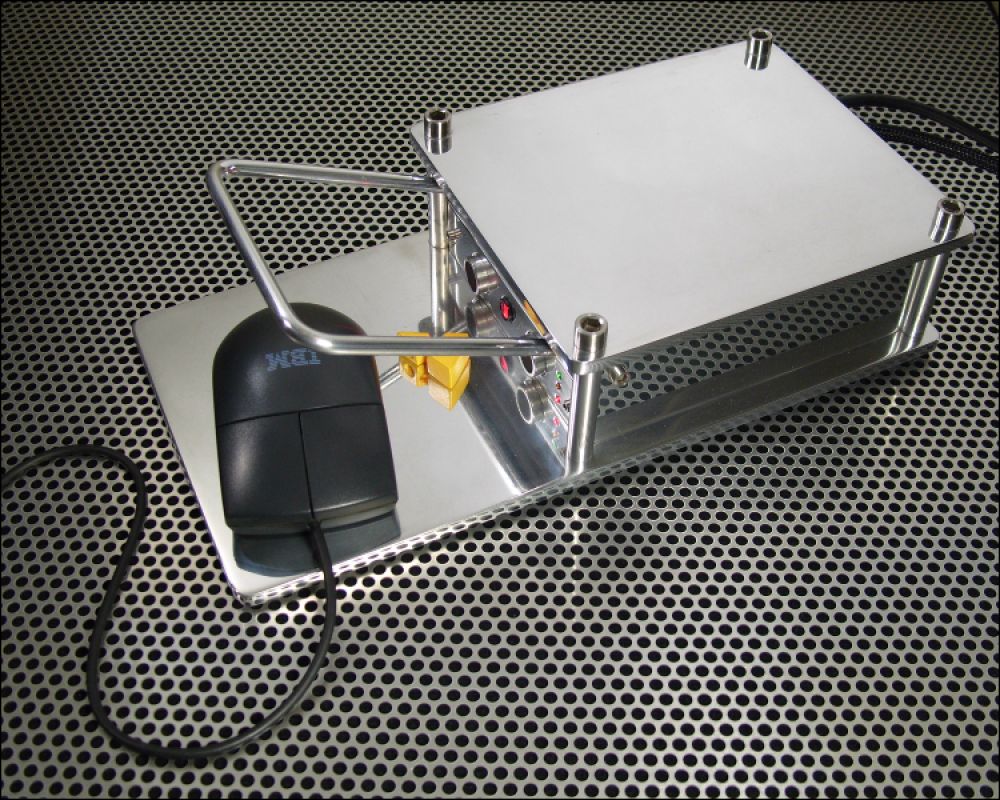There’s Always A Better Way….Probably 10
Build a better mouse trap…world beats a path. etc, etc… I hope its true.
One thing I know is true…there is always a better way…. I have come to make this my mantra when developing, inventing, problem solving. Every time I use this powerful little tool, It works for me. In his book, The Lean Startup, Eric Ries describes the concept of the 5 whys. I believe it was originally from the Toyota Manufacturing playbook. As I understand, to plat this game, at least 5 why? must be asked, or until it is completely clear what the original issue is, only then can a problem be solved. Otherwise, only symptoms are managed. In the following scenario Eric writes, a fuse was replaced several times before the 5 Whys were employed.

I have found this so helpful. Not only in machine repair, but in the creative process. Where the 5 Whys dig into a problem to reveal a clear solution, I believe The 10 Ways can build up a platform of ideas one can employ to create, not only solve a problem. I have used this many times. I think it started when I was in a group of fabricators trying to solve a serious “painted yourself into a corner” problem. Ok, here is the scenario; We had built a huge Plastic pellet mixing, drying unit. Seriously big. It consisted of a Jacketed body roughly 100″ in diameter and 25 feet long. Inside the body, rotated a huge Rotor. The rotor consisted of a special custom “pipe” with 96″ diameter Stainless Steel discs welded so that about 50 of these discs set 4″ apart rotate. There are Stainless Steel arms that bolt to the side of the body and scrape the plastic material off the discs as they rotate.

Above is a picture of a 36″ unit, unpolished. Now, the rotor was too heavy to ship in the body but the client insisted the mixing arms needed to be installed so they would not be scratched during shipment over seas. The problem was that the particular unit we built was completely polished inside and was an end load unit, meaning there was no top to remove for access. The rotor had to be installed through the one open end. But all we had to do was install the mixing arms in the 25′ long body. No problem right? Standing there with the other journeyman guys as an apprentice, I was interested to see what the procedure would be to get all these arms installed. The mounts were at lease 10′ high and unfortunately, the bottom of the body was a trough, no flat surface, and polished to a shine. All attempts were embarrassing to those who tried to lift one of these 60-70 pound arms up to the mounting screws. I remember one guy there just threw up his arms and said,”it just cant be done….”. I guess they had no procedure for this type of problem. Being the young apprentice, and a class A smart allic, I quipped,” oh, there are at least ten ways to get this done…”. The remark was met with lots of laughter obviously. But, as an exercise, I started listing them.
OK guys, we can;
• place cardboard down on the bottom and just walk to the back and lift them up to the mounting studs-oops, too heavy
• ok, we use two guys to help lift them up- oh no, once we got the part up and started for the wall,the cardboard just slid out from under us and we would drop everything while sliding back to the center of the body trough.
• Hey, we can cut a 2×12 just the right length so we can step out on it, that way we don’t have to raise the arms up so high and we can have a flat surface to walk on.– the board holds until it doesn’t, throwing me and the arm straight back to the floor.
• Ok, this time we will counter weight the two guys with a 2×4 from the platform to the top of the unit.– unfortunately, the top was rounded too so there was nothing for the 2x to bump ageist.
• what if we rig up a counterbalance on a spreader bar hanging from the crane and ten using the crane, side it in? – close but still no way to control it enough to line up the 4 studs and get nuts on them. but… this lead me to another idea.
• ok, I got it now, we load up the Snorkel man lift basket with the tools and an arm. then, using the telescoping arm, travel into the unit without touching the bottom or sides.
Using this technique, we quickly loaded all the arms, safely and with out scratching up the fine surface (anymore). Maybe it wasn’t a full 10 ways, but using this method got the job done in a way none of the “journeymen” guys had ever thought of.
I continue to use this to open my mind up. Every time someone tells me that there is only one way to get a job done, I love proving them wrong. There is always a better way, in fact probably 10 ways. What ever issue or problem you are working through, I bet if you stop and think of 10 ways to solve it, you will find one that works better than the one you are using now.
scott@trueformdesign.com
707-535-0590


